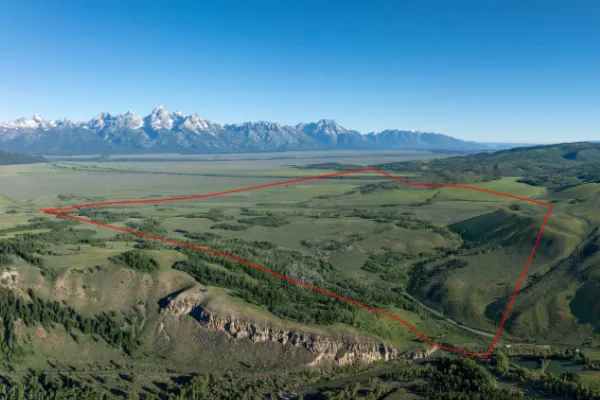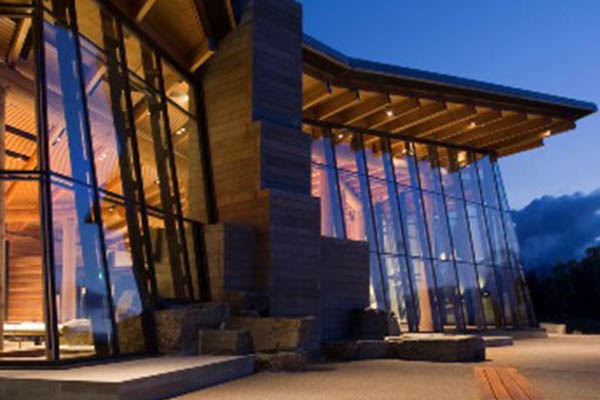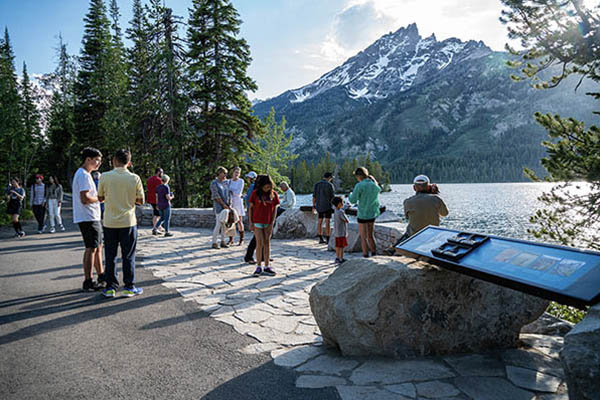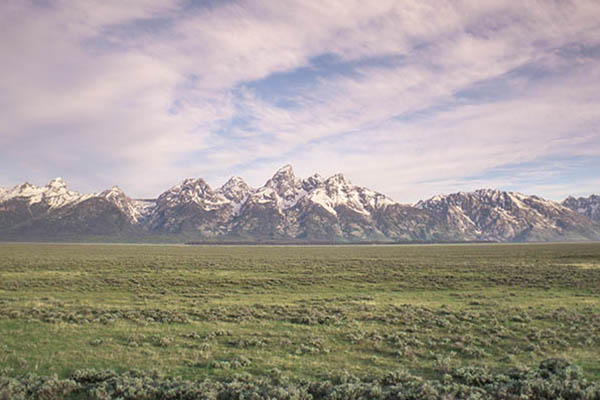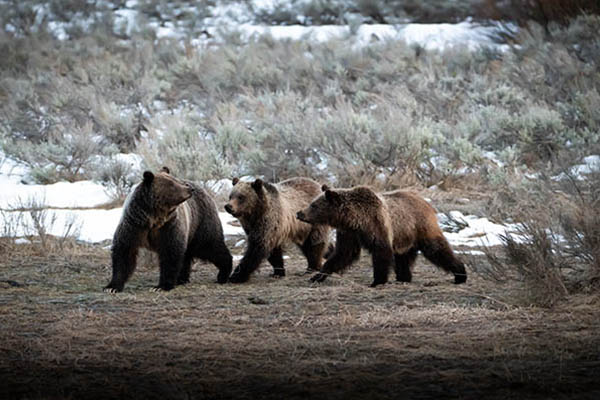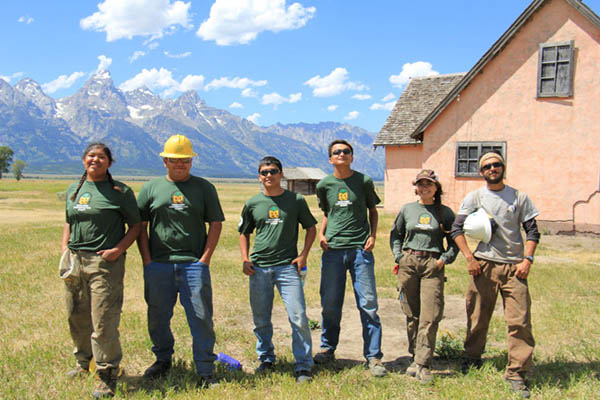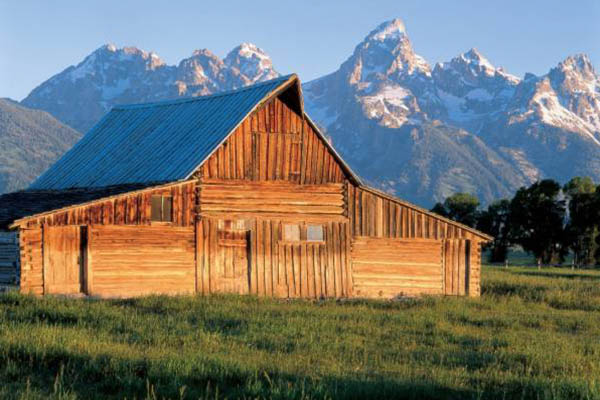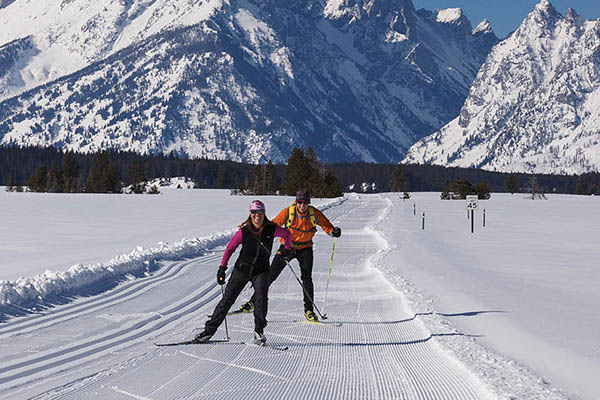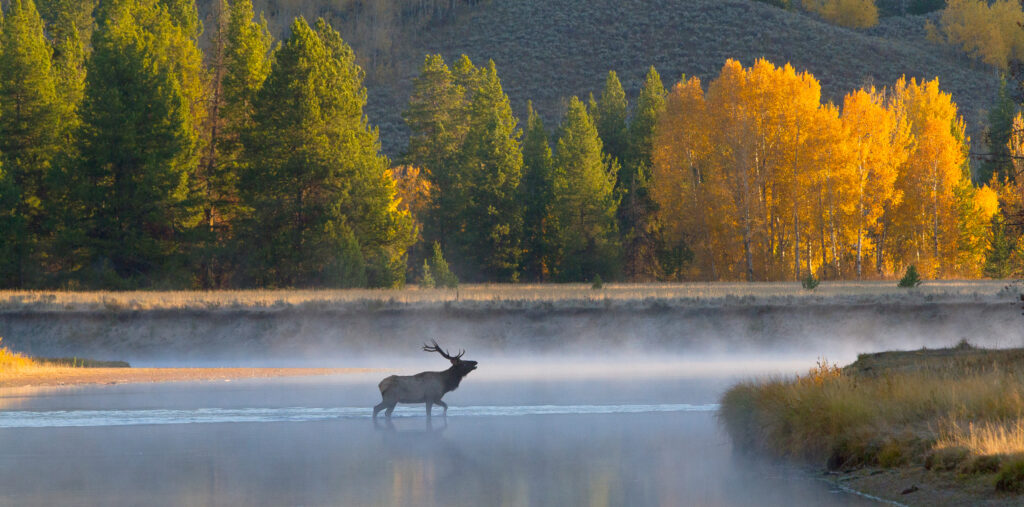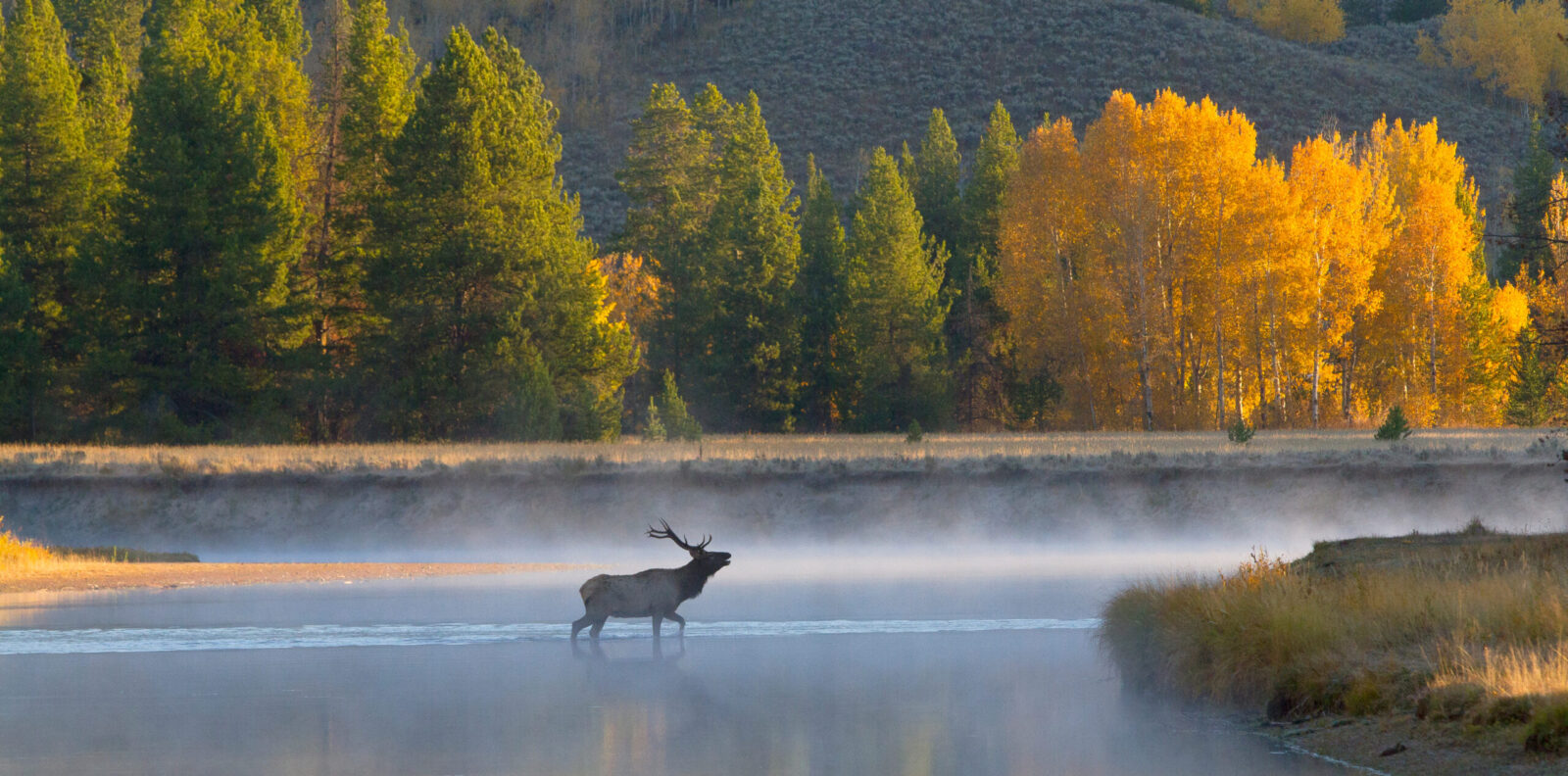
The Snake River is a defining feature of Grand Teton National Park—shaping the park’s landscapes, sustaining diverse wildlife, and supporting communities across the Greater Yellowstone Ecosystem. As environmental change accelerates, the health of this vital river system and its diverse water resources faces increasing pressure. In response and with support from Grand Teton National Park Foundation, Grand Teton National Park is advancing a collaborative, science-based approach to ensure the long-term resilience of the Snake River and its headwaters by monitoring both the main river, as well as the glaciers and tributaries that sustain it.
Rivers and Streams
The Snake River watershed faces unique challenges from longstanding irrigation rights established before the park’s creation and flow alterations caused by operations at Jackson Lake Dam. These factors have led to unnatural flow regimes and water diversions, posing challenges to maintaining adequate water quantity and quality. Adding to these concerns, environmental changes—such as prolonged droughts and increasingly hot, dry summers—are expected to further strain river flows and aquatic ecosystems throughout the Greater Yellowstone Ecosystem. To address these complex challenges, the park will continue to be a leader of the recently formed Snake River Headwaters Watershed Group, a collaborative network of government agencies and nonprofit organizations committed to protecting and sustaining the health of the Snake River watershed.


The rivers and streams program is focused on building climate resiliency. Climatic extremes, such as drought or flooding as shown in the photos above, are anticipated to further impact the ecosystem. Droughts may increase the need for water delivery to irrigators within and outside the park, while flooding may increase the risk of riverbank erosion near roads and bridges.
2024 Achievements
In 2024, the park continued a critical research partnership with the University of Idaho to monitor the effects of Jackson Lake Dam operations on the river channel, riparian habitat, and wildlife. This long-term monitoring, supported by Grand Teton National Park Foundation, provides essential data that informs interagency management decisions. Additionally, park crews conducted water quality monitoring at popular visitor areas throughout the summer such as String Lake, Jump Rock at Phelps Lake, and Swim Beach at Colter Bay to understand if increased use is having a negative impact on water resources.

2025 Priorities
Looking ahead, Grand Teton National Park is addressing long-standing riverbank erosion that threatens a key segment of Highway 26/89/191 near Moran Junction—an essential route connecting Jackson, Yellowstone, and surrounding communities. The first step involves a feasibility study for a potential bridge or causeway at the confluence of the Snake and Buffalo Fork rivers. Additional priorities include ongoing park-wide water monitoring, improved runoff forecasting, and expanded research partnerships to study how flow regulation impacts the Snake River’s ecosystems.

Glacier Initiatives
Glaciers play a crucial role in alpine ecosystems, providing a steady source of cold water that sustains rivers and streams long after the snowpack has melted. In Grand Teton National Park, scientists have been monitoring glacier health since 2015 with funding from the Foundation. While Teton glaciers are shrinking, they are melting less quickly than the global average. The future of glaciers here is complex, with size, shape, and slope all influencing how long they might last. Some, like Teepee Glacier, are barely moving and are likely remnants, while larger glaciers such as Middle Teton and Teton Glacier could persist for centuries. New research has revealed that the Tetons host more than 30 active rock glaciers—masses of ice buried under debris. These rock glaciers cover twice the area of the park’s surface glaciers. The debris cover on rock glaciers may shield the ice from solar radiation, protecting and insulating it through warming summers.
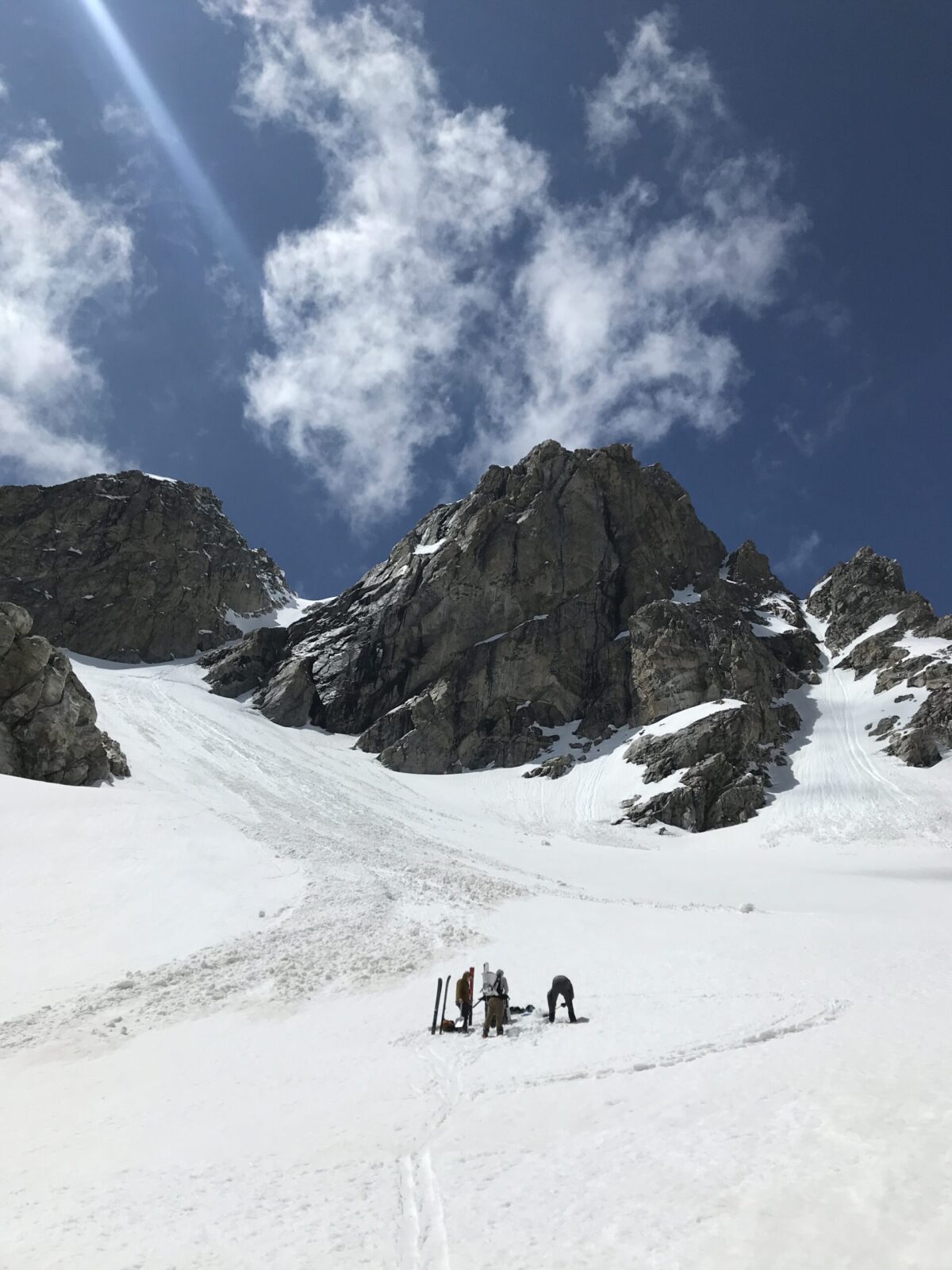
2024 Achievements
In 2024, scientists completed another year of glacier surveys, adding to a decade-long record of data that sheds light on the connections between glacier melt, streamflow, and water temperatures in the Snake River and its tributaries. This ongoing research is essential: as snowmelt fades in summer, glaciers provide critical baseflow that keeps rivers running and ecosystems healthy.
2025 Priorities
Looking ahead to 2025 and beyond, the research team will continue tracking ice mass, surface changes, and stream conditions, deepening our understanding of how both alpine and rock glaciers support streamflow and ecosystem resilience. With long-term support from the Foundation, these studies will help predict the future of water resources in Grand Teton National Park.
The stewardship of the Snake River is a shared responsibility—one that Grand Teton National Park and the Grand Teton National Park Foundation are proud to advance in partnership with a diverse network of agencies, nonprofits, and researchers. Together, we are working to protect the Snake River as a thriving and resilient resource for wildlife, visitors, and future generations.

